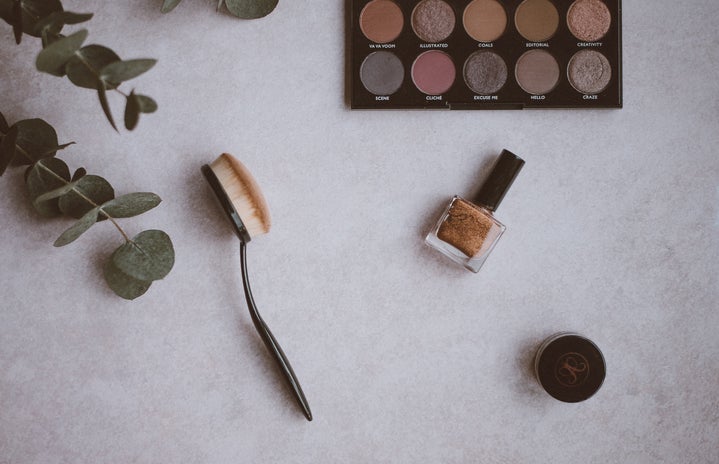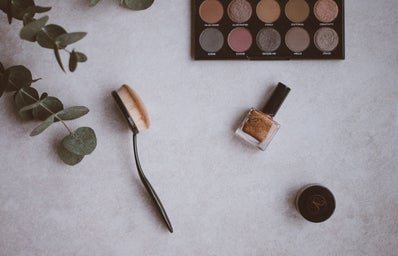No one loves a beauty horror story quite like I do. While I’ve experienced my fair share of skin irritations and other facial faux-pas from one too many ‘quiet nights in’ playing kitchen scientist, I cannot help but laugh – cackle even – when a friend or any other woman I come across suffers a cosmetic catastrophe. Admittedly and (mostly!) unashamedly, it’s a bit of a sickness.
With this confession in mind, you shouldn’t be too shocked to learn that I was left feeling a little deflated after witnessing my cousin’s seamless eyebrow tattoo procedure this past weekend. Sure, I’m relieved that she still looks beautifully human and isn’t going to star as a cautionary tale on ‘Bad Ink’ for misguided youths to come, but would it have been too much to ask for a harmless hiccup or two? I anticipated a mini melodrama with something as intimidating and permanent as this! Taking a necessary step back though and realising I knew close-to-nothing about cosmetic tattoos, I did what any decent investigative reporter would do and Googled it. The results were kind of impressive, and before this admission sends you into the revolting Google Image rabbit hole that is pictures of Michael Jackson-esque disasters, I suggest you do your wickedly indulgent self a favour and read on. You might find yourself pleasantly surprised by this girlish phenomenon just like I was!
First stop on this whimsical literary tour of permanent makeup is the medical realm. Unexpectedly, its history begins here, and not in a tattoo parlour or other locale of the hip and artsy. Indeed, the technique may be a convenient luxury in our cosmos of cosmetics today, but it was initially developed in the early 1980s to address alopecia and camouflage surgical scars. Since then, the field has expanded to include burn victims and cancer patients, as well as those with arthritis and Parkinson’s disease who have difficulty putting on makeup. Obviously, it also appeals to active women who don’t want to worry about their beautification efforts going to waste and those who would simply rather spend less time in front of a mirror too.
Next stop, the salon! While applying permanent makeup requires different training, inks, and machines than those used in regular tattoo practices, it does share some similarities with the latter. Typically, both processes include a specialist consultation to select colours and designs, a drafting stage where the shape and size of the tattoo is drawn on prior to implanting the pigment, and one or two follow-up visits to evaluate the healed work and touch it up where necessary. For those of you who might be tempted by the promise of makeup-less mornings, cosmetic tattooing also offers several services to help alleviate discomfort, such as the application of topical anaesthetics. Each procedure – whether the creation of lip liner, eyeliner or guyliner – may only take between one to two hours to complete, but the pain is said to be much more intense than those experienced in traditional tattoo procedures due to the delicate areas involved.
Humans have been implanting colour into the skin for nearly 10,000 years, and though the technical advancements described above are a far (and blessed!) cry from the ancient tattooing practices of Egpytians and Ice Ageians, we’ve still got a fair few kinks to iron out. Perhaps most worryingly, cosmetic tattoo patients will often experience excessive swelling, scarring and blistering well into their recovery, while others, on a more serious note, have been infected with HIV and hepatitis from dirty needles. Take heed, ladies!
Despite the costly nitty-gritty and in all honesty, a little bit icky; it seems there’s a lot to be said for the curious cosmetic tattoo. A world without makeup certainly has its perks, particularly for the lazy and those with better things to do with their mornings, but I’m not so sure it’s one I want to live in just yet – or ever.
Image Sources

